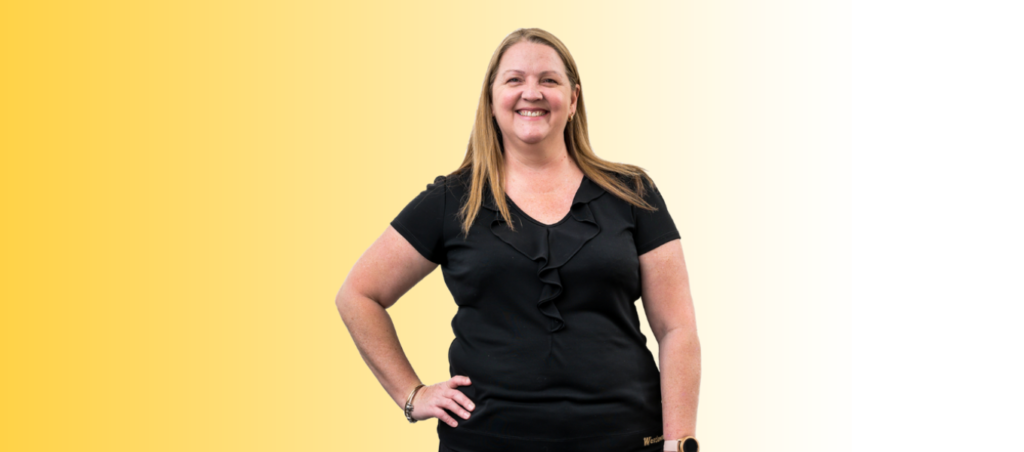It appears the recent run of record low interest rates may be coming to an end. While some lenders have raised rates on certain fixed rate, interest-only and investor loans over the past few months, owner occupiers on variable rates have mostly been spared any increase.
Until now…
Earlier this month, both NAB and Westpac raised variable interest rates on mortgages for both owner occupiers and investors. Then, last Friday, Commonwealth Bank and ANZ announced their own rate increases.
NAB announces interest rate rises … and one rate cut
On 16 March, NAB announced that changes to its variable interest rates for both owner occupiers and investors would take effect from Friday, 24 March.
NAB’s standard variable rate for home loans for owner occupiers increased by 0.07% to 5.32% pa, while the variable rate for residential investment home loans increased by 0.25% to 5.80% pa.
Justifying the rate rises, NAB’s chief operating officer, Antony Cahill said that:
“The difference between what we charge and how much it costs us to fund a mortgage remains under pressure, with intense competition, increasing regulation, and elevated funding costs.”
He also added:
“We understand these changes will affect customers in different ways, and we always encourage customers to have a conversation with their banker or broker about what home loan suits them best.”
There was some brighter news for first home buyers, however.
A fixed rate of just 3.69% pa for 2 years is on offer to owner occupier first home buyers on principal and interest loans. That’s a cut of 0.29% off NAB’s current advertised 2-year Package Fixed Rate for Home Loans rate of 3.98% pa.
NAB says the rate is the “lowest home loan rate ever offered by NAB” and will “help Australians entering the property market for the first time to achieve their home ownership dreams”.
In another move to help first home buyers, NAB will now recognise rental history as a form of genuine savings in home loan applications.
Trying to break into the property market?
 If you or someone you know is trying to buy their first home, contact a Westlawn Mortgage Broker.
If you or someone you know is trying to buy their first home, contact a Westlawn Mortgage Broker.
We can provide advice on how to secure your first home loan, let you know what options are available to you, and help you with your home loan application from start to finish.
Another day … another rate rise announcement
Just a day after NAB’s announcement, Westpac announced it too was increasing certain mortgage interest rates effective Friday, 24 March.
Westpac’s variable home loan rate for owner occupiers increased to 5.32% pa for principal and interest loans, and 5.49% pa for interest only loans.
Westpac’s variable residential investment property loans increased to 5.79% pa for principal and interest loans and 5.96% pa for interest only loans.
Westpac’s George Frazis also blamed the rate increases on a “number of economic and regulatory factors”.
“Today’s changes are in response to increasing funding costs. Despite home loan interest rates being at historically low levels, both deposits and wholesale funding of mortgages have increased over the last nine months.”
ANZ and Commonwealth come to the party
On Friday 24 March, ANZ and Commonwealth announced their own rate rises.
Commonwealth is increasing interest-only investment home loans by 26 basis points to 5.94% pa. Owner occupier interest-only rates increase by 25 basis points to 5.47% pa.
Standard variable rates for principal and interest investment loans rise by 24 basis points to 5.80% pa while for owner occupiers repaying principal and interest, the rate increases to 5.25%pa.
ANZ’s variable interest rate for investors rises to 5.85% pa, while interest-only investor home loans rise to 5.96% pa. Owner occupier variable rate home loans (interest only) increase from 5.25% pa to 5.45% pa. Variable rates for owner occupiers paying principal and interest remain unchanged at 5.25% pa.
Will US Fed hikes affect Aussie mortgage rates?
This month, the central bank of the United States, the Federal Reserve (Fed), lifted interest rates by 25 basis points to a range of 0.75% to 1.00%. This was only the third rate increase by the Fed since 2008.
In a policy statement, the Fed said that it would stick to its outlook for 2 more rate hikes in 2017 and 3 more in 2018 to return monetary policy to a more normal footing.
So, what does this have to do with Australian home loan interest rates?
While the consensus among most Australian economists is that the RBA will keep our official cash rate on hold this year, US rate hikes could push our mortgage rates higher.
That’s because as the world’s largest economy, increasing the cost of borrowing in the US will have a flow on effect that pushes up the cost of borrowing globally.
Gateway Credit Union’s chief executive, Paul Thomas, believes Australia’s period of low domestic interest rates will soon be over.
“The bond markets that determine global rates generally follow the US Fed, and with Australian banks getting around 40 per cent of their funding from overseas, Aussie borrowers should brace themselves for interest rate increases too.”
Pressure on property investors
Residential property investors have been feeling the pressure for some time now, and it’s not just on interest rates. Over the past few months, the banks have introduced stricter lending criteria in order to keep growth in their investor loan books under 10%, as required by Australia’s prudential regulator, APRA.
And in terms of interest rates, JPMorgan sees the current average gap between variable owner occupier and investment loan interest rates of about 0.35 percentage points potentially widening to more than 3 percentage points in the years ahead as the latest round of international banking regulations, known as Basel IV, take effect.
Take action now: Talk to a mortgage broker today
Whether you’re a first home buyer, an owner occupier or a property investor, with rates on the rise and lending criteria for investor loans tightening, now’s the time to take action.
Talk to a Westlawn Mortgage Broker today. Call us on 1300 WESTLAWN (1300 937 852).
27 March 2017



